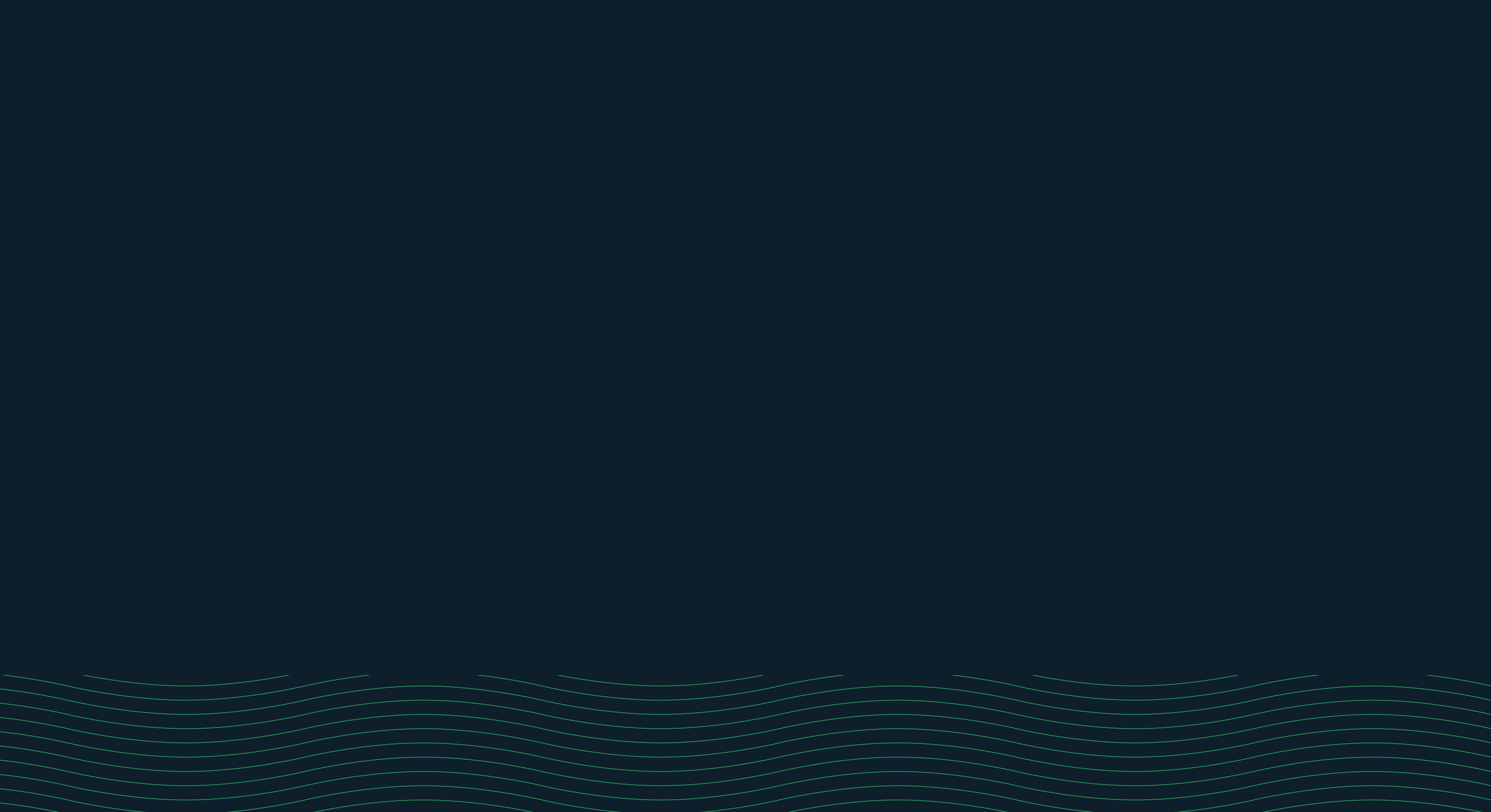
Augusto Digital Insights: Featuring Dr. Kyle Hoedebecke, Medical Director of Oscar Health
What is the future of healthcare technology? In this episode of Augusto Digital Insights’ healthcare series, Brian Anderson interviews Dr. Kyle Hoedebecke, Medical Director of Oscar Health—the first health insurance company built around a full stack technology platform and a relentless focus on serving its members.
In this episode, Brian Anderson interviews Dr. Kyle Hoedebecke, Medical Director of Oscar Health—the first health insurance company built around a full stack technology platform and a relentless focus on serving its members. The company offers a unique virtual care experience from the comfort of your home, at work, or on-the-go—by video chat or phone.
Kyle is also an angel investor and a mentor with a focus on healthcare technology, like wearables, AI, AR/VR, 3D-printing, bio-pharma, and more.
He didn’t take a traditional physician’s path, but rather started at the U.S. Military Academy at West Point. From there, he was part of the lucky 1% of his class that got to go directly to medical school at the Uniformed Services University. Kyle specialized in family medicine, before traveling throughout about 120 countries. Along the way, he picked up 3 additional languages: German, Spanish, and Guarani—an indigenous language from Paraguay.
While in South Korea, Kyle earned master’s degrees in business administration, public administration, and telemedicine.
Now, at Oscar Health, he’s able to follow his passion of innovation within healthcare startups. The company calls itself half technology, half insurance. They provide free telemedicine to all Oscar members and a concierge service to help members process claims or get a specialty referral.
Kyle’s personal goal is to make our healthcare system better for everyone through technology and improved systems. So he has become an angel investor for health technology. He shares about a 3D printer for pharmaceuticals, calling it “a pharmacy from anywhere you want.” He believes this can be incredibly helpful for remote areas or during natural disasters.
Brian and Kyle also discuss a variety of wearable technology—like smartwatches and portable stethoscopes—that can facilitate healthcare in areas with too few physicians.
We’re grateful for Dr. Kyle Hoedebecke’s time on the Augusto Health IT podcast and wish him the best of luck in all his endeavors.
Let’s work together.
Partner with Augusto to streamline your digital operations, improve scalability, and enhance user experience. Whether you're facing infrastructure challenges or looking to elevate your digital strategy, our team is ready to help.



